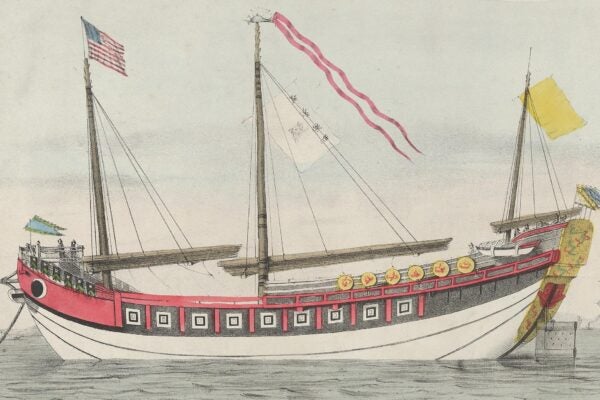Extra Credit: Our pick of stories from around the web that bridge the gap between news and scholarship. Brought to you each Tuesday from the editors of JSTOR Daily.
Cute, fuzzy, and surprisingly clever (Pacific Standard)
by Nathan Collins
Newly hatched ducklings can do something that scientists once thought only humans did: make an abstract distinction between “same” and “different.”
Why the coup in Turkey failed (Vox)
by Zack Beauchamp
An academic who’s studied coup attempts around the world argues that the military attempt at taking over the Turkish government failed for a common reason. It has to do with managing public perceptions.
Rembrandt as scientist (The New York Times)
by Steph Yin
A new paper argues that Rembrandt’s masterpieces owed their precision to the use of mirrors and lenses. But the author writes that, if the painter did project images onto his canvases, that doesn’t diminish his skill—it just puts it in a different light.
What sounds nice? Depends who you ask (Science)
by David Shultz
For a long time, we’ve believed that human beings have an innate preference for consonant sounds, which pair tones with specific frequency ratios. But a new study of an Amazon rainforest society with little experience with Western music argues that even the most basic aspect of our musical tastes may be a product of our culture.
What spiritualism meant (Public Books)
by James P. Stanley
In the nineteenth century, abrupt transformation of the U.S. by science and technology left people grasping for ways to integrate their religious beliefs into the new world. Three recently published books explore the nature and meaning of the spiritualist movement that emerged.
Have you seen a story online that does a good job of bridging the gap between the news and scholarship? Or something that seems particularly well-researched? Let us know and we may include it in next week’s roundup. Email us at jstordaily_submissions (at) jstor (dot) org.






